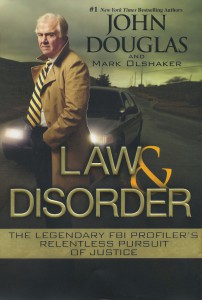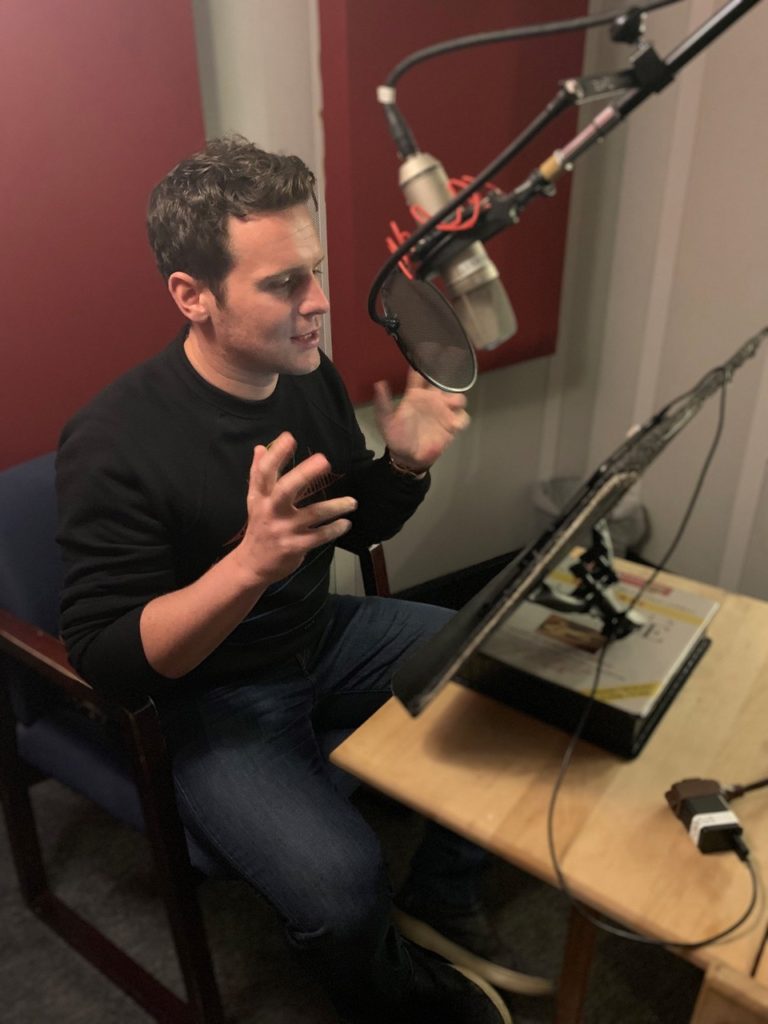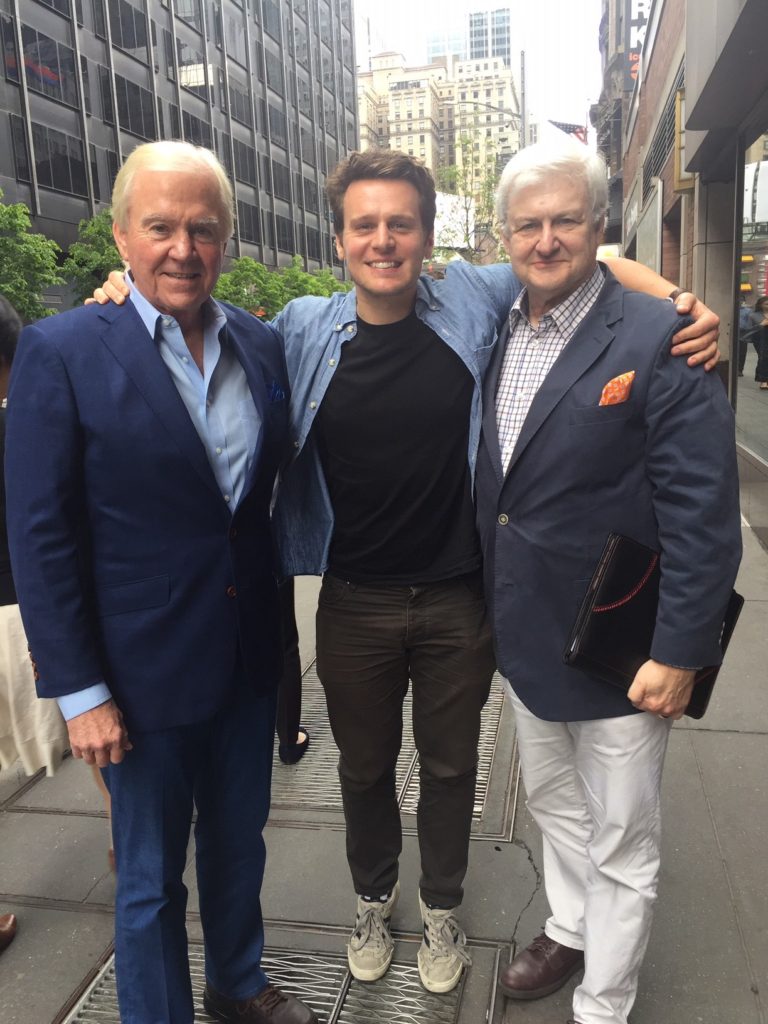Ever since John Douglas and I began writing Law & Disorder, we have been decrying the cognitive biases that get in the way of justice, victimizing the innocent and revictimizing survivors. The main reason Amanda Knox and Raffaele Sollecito in Italy and the West Memphis Three in Arkansas were convicted of murders they clearly did not commit, and Patricia and John Ramsey in Colorado were convicted in the high court of media and public opinion, is because of one main factor: Their “guilt” conformed to a pre-existing bias and world view that created a “better” story than what actually happened.
In Law & Disorder, we quote from Thinking Fast and Slow, the brilliant recent book by psychologist and Nobel laureate Daniel Kahneman: “When people believe a conclusion to be true, they are also very likely to believe arguments that appear to support it, even when these arguments are unsound.”
At an awards ceremony I attended for Dr. Kahneman last evening in Washington, D.C., my friend and colleague Dr. Gerald Kauvar introduced and lauded the honoree with a more-than-hundred-year-old citation that I immediately realized sums up our Law & Disorder thesis as well as anything I have heard.
It is from the lyric poet and classical scholar A.E. Housman, and comes from his introductory lecture as professor of Latin at University College, London, in 1892:
“This method, conclusion first, reasons afterwards, has always been in high favour with the human race: you write down at the outset the answer to the sum; then you proceed to fabricate, not for use but for exhibition to the public, the ciphering by which you can pretend to have arrived at it. The method has one obvious advantage, – that you are thus quite sure of reaching the conclusion you want to reach: if you began with your reasons there is no telling where they might lead you, and like enough you would never get to the desired conclusion at all.
“The house of delusions is cheap to build, but draughty to live in, and ready at any instant to fall.”
And when it falls, so falls justice with it.




























This is my Favorite Article Mark Olshaker, and as I will be purchasing Law And Disorder..it is not only for reading…it is for some answers…From and verbatim -starting @” this method and ending with And When It Falls, so falls JUSTICE with it” – is like the equation of what I have been experiencing.
My heart aches over Amanda Knox…and all she experienced..and the unscrupulous -unethical that as you stated we have been decrying the cognitive biases that get in the way of justice, victimizing the innocent and revictimizing survivors. God Bless this Article … it is an insight and factual to my own experiences past and present. Now if there was a way to get beyond whom knows whom..and whom can do what by monetary..I would have another chapter for Lwas and Disorder for you. Thank You for your Writings Mark Olshaker and John Douglas…God Bless you for making this world a better place. ChrisAnne